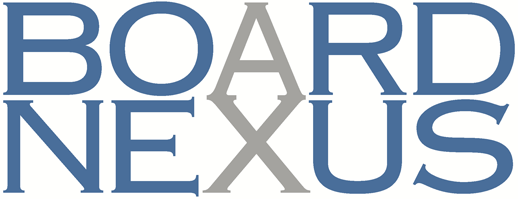We live in a new era fuelled by digital transformation. But it is not about tech – transformation is about people and organizations. It is about leadership and governance.
This new initiative will highlight the questions owners and boards should be asking. It will show how companies are transforming right now.
Digital transformation is about how companies respond to digital challenges. Companies are in a race because every industry is being affected in the same way. Movement is relative; you may become uncompetitive if you are not fast enough.
How companies succeed depends on leadership at all levels – including that of the owners. We call it digital governance because the result depends on how boards, management and leaders act and are connected to each other. In other words, corporate governance – how companies are directed and controlled under the pressure of digital transformation. The chain of command – direction and control – extends to all levels of the company.
Consumer oriented companies have long been exposed to the internet, social media and mobility, and that has shaped their strategies. Technical breakthroughs in the past ten years have brought transformation to companies focused on business to business operations.
Digital transformation is not about technology, it is about people. Every organization has a legacy, or you may call it corporate culture, that defines how ready it is for change and what efforts it takes to make change happen. You certainly need people with a mastery of digital technology, but it is up to the management to ensure that it is applied in the organization and business leaders to leverage them in the marketplace. You need leadership that ensures that new methods are fully embraced.
The technology is accessible to everybody, albeit at a cost. With the exception of G5, which could stimulate a new round of change, IoT, AI and Blockchain are accessible from the cloud or from external companies, including start-ups. It is like an orchard where everybody can pick the fruit. The question is how it is used in operations and in business.
In particular, we want to bring the role of ownership into focus. The first question shareholders should ask is “Is this company well on its way?” or, put another way, “Is this company in danger of losing its competitiveness, or will it emerge as a winner?” If you have a personal stake in the company, you want to know. If you are a major shareholder, you will act. If you have a portfolio of shares, you want to choose those companies who are transforming.
The question is passed on from the owners to the boards. Obviously, the board needs to know where the company is. If the board does not know the company’s digital status it should request a report for the next board meeting. But it is not only a question of the situation at a given point in time, it is also about dynamics. How is the organization transforming?
